We are the leading manufacturer of high-precision centre grinding machines. We offer all types of centre grinding machines; From manual to fully automated models. Through the inspiration of our customers and our own motivation, we are eager to solve any new technical challenges. A precise centering hole is important for many workpieces, but what is centre grinding? You can find all details about the technology here. If you want to know more, or can’t find an answer contact us, we are happy to advise you with our expert team.
What is centre grinding?
What is centre grinding, or centre hole grinding? Centre grinding means restoring a deformed centre hole after the workpiece has been hardened. Hereby the centring hole is ground round up to one µm. Centre grinding enables high-precision processing in order to implement a higher quality standard in the entire workpiece production. Furthermore and very importantly, centre grinding forms the axis.
Why centre grinding?
The centre grinding process is necessary after hardening the workpieces in order to achieve the required accuracies of the workpiece with a cylindrical grinding machine. Moreover an exact centre is required if the subsequent machining operations have to be carried out on other machines. These include e.g. gear, cylindrical and thread grinding machines. Hence the high-precision centres created with the centre grinding machine are the starting position for further machining steps.
Highest precision in runout and roundness is thus guaranteed by the process of centre grinding.
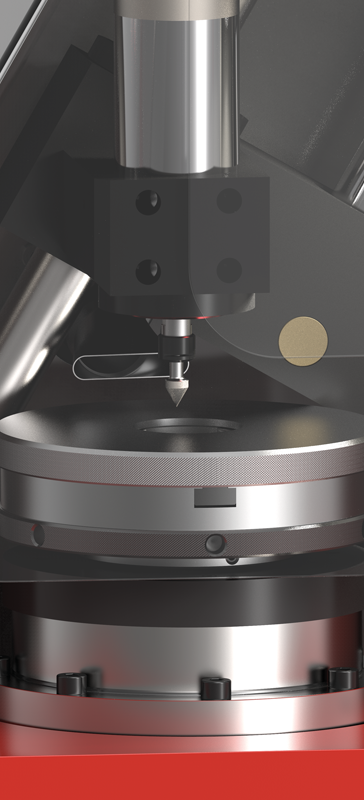
0,001 mm roundness
Centring holes are non-circular after the hardening process. After centre grinding, however, the centring holes are accurate up to 1µm, or even more.
bringing into position
Fetching the centring hole to a bearing seat or gear teeth.
Higher efficiency
Higher precision increases economic efficiency due to less waste.
0,001 mm roundness
Centring holes are non-circular after the hardening process. After centre grinding, however, the centring holes are accurate up to 1µm, or even more.
bringing into position
Fetching the centring hole to a bearing seat or gear teeth.
Higher efficiency
Higher precision increases economic efficiency due to less waste.
Centre grinding is mostly applied after hardening the workpiece. Yet it can also be used for unhardened workpieces. This puts it ahead of the machining process for workpieces that need to be machined between centres.
get personal advice about centre grindingThe aim of centre grinding is to optimise the subsequent processes.
- Cylindrical grindinig
- Hard turning
- Measuring
- and many more
Increase of process capability
Minimisation of subsequent efforts
High roundness (< 1 µm)
Offsetting the axis
The starting points of the parts are often in a mostly unproductive state before the process of centre grinding begins.
The following problems can be minimised by using a centre grinding machine:
Form and shape defects:
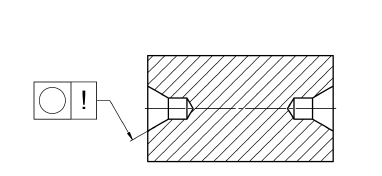
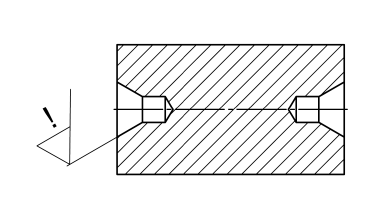
Position errors:
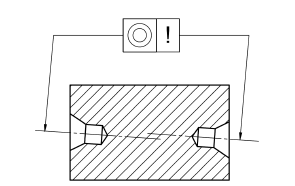
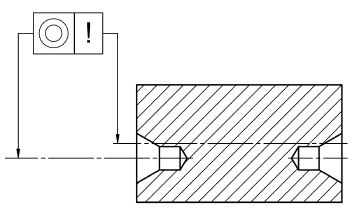
The piece that shall be machined is non-circular:
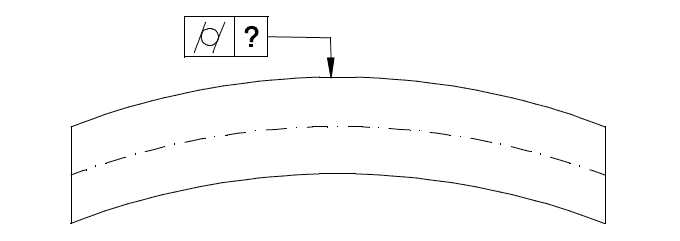

The use of a Henniniger centre grinding machine perfections straightness, coaxiality and roundness in the centre of the workpiece. Hence a minimization of the required grinding allowance and a minimization of the hardening depth are then given.
A precise centre is the starting point for all final machining operations.
How does a centre grinding machine work?
Within the centre grinding process, a distinction is made between a fixed and rotating workpiece.
How centre grinding works with the fixed workpiece:
- the workpiece is placed onto the centre of the tailstock
- the workpiece is clamped with the vice
- the eccentric is set to the proper centre diameter
- the rotating grinding pin circles the centre in a planetary way and begins to grind
How centre grinding works with the rotating workpiece:
- the workpiece is placed onto the centre of the tailstock
- the workpiece is loosely clamped with the vice so that it can still be rotated
- the eccentric is set to the proper centre diameter
- the centre is ground by the rotating workpiece drive with the fixed grinding spindle
The difference in the centre grinding process with a fixed or rotating workpiece
Machining with the fixed workpiece is recommended for unprocessed blanks, pre-turned parts and in large series.
This process is extremely easy to automate and integrate into a cell or production line. By moving the axis, the position of the centre can be changed when the workpiece is standing.
The advantage with a rotating workpiece is that the axis can be fetched to a specific position of the workpiece. This is beneficial if the position of the centring hole has to run to a bearing seat or to the teeth of a gear shaft.
For this, a good roundness is required at the clamping diameter, as the roundness is reproduced in the centre. This method can also be used for repairing workpieces when the centre hole must run to a finished diameter.
Example of caIculation : process without centre grinding
cylinder shape error: 50 µm
other alignment errors: 20 µm
roundness in the centre: 10 µm
roughness of the outer surface: 12 µm
Sum of all errors, minimum grinding allowance: 92 µm
Example of calculation II : process with centre grinding
cylinder shape error: 50/2: 25 µm
other alignment errors: 20/2: 10 µm
roundness in the centre: < 1 µm
roughness of the outer surface: 12 µm
Sum of all errors, minimum grinding allowance: 47 µm
»»» Saving: 45 µm
Calculation example I :
Process without centre grinding
cylinder shape error: 50 µm
other alignment errors: 20 µm
roundness in the centre: 10 µm
roughness of the outer surface: 12 µm
Sum of all errors, minimum grinding allowance: 92 µm
Calculation example II :
Process with centre grinding
cylinder shape error: 50/2: 25 µm
other alignment errors: 20/2: 10 µm
roundness in the centre: < 1 µm
roughness of the outer surface: 12 µm
Sum of all errors, minimum grinding allowance: 47 µm
»»» Saving: 45 µm
Which centre grinding machine increases your profitability?
Contact usGo to the centre grinding configuratorWhich centre grinding machine increases your profitability?
Kontaktieren Sie uns direktHier geht es zum Zentrumschleif-KonfiguratorTypical customer and product ranges for the centre grinding technology are:
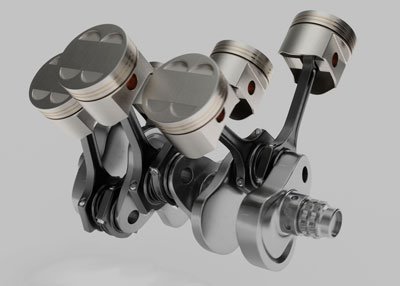
engine manufacturing
e.g. crankshafts
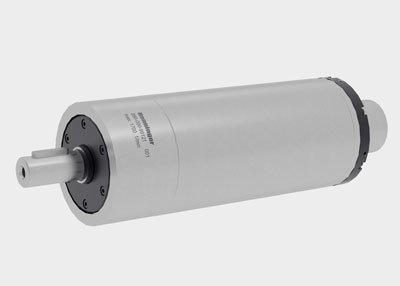
spindles

milling cutters
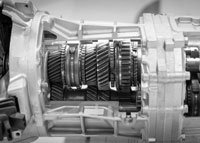
gear manufacturing
e.g. automotive, wind energy
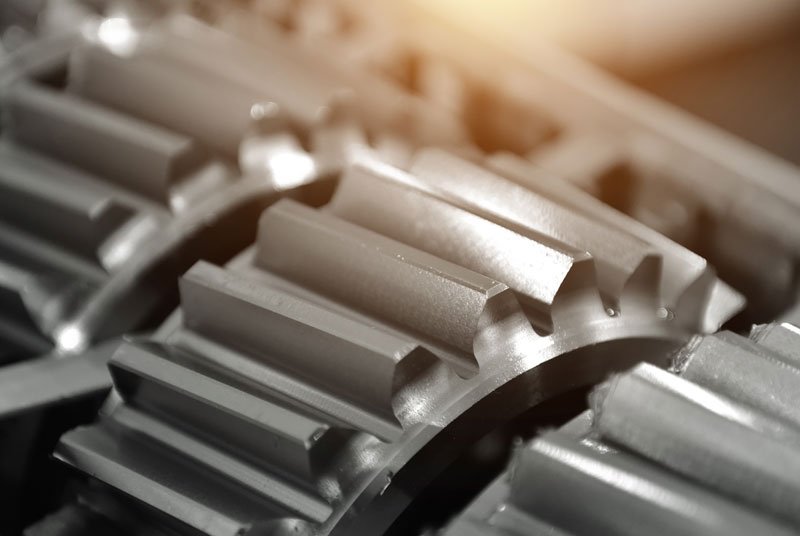
broaches
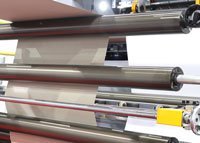
rollers
e.g. printing industry, spinning machines

engine manufacturing
w.g. crankshafts

spindles

milling cutters

gear manufacturing
e.g. automotive, wind energy

broaches

rollers
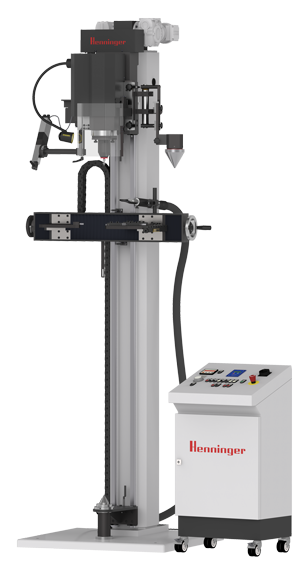
Customised centre grinding for processing your workpieces
Option and custom requests that we constantly apply and develop further:
- automation of the complete grinding process
- optimisation of floor to floor time
- determining the optimum clamping position in case of distortion
- higher economic efficiency due to smaller grinding dimensions
- increase in process stability
- lowering the reject rate
The product range of Henninger centre grinding machines extends from the compact ZS ONE, the double-sided horizontal ZS 2000 to the flexible ZS 1000 for workpieces up to one tonne.
Henninger offers a suitable centre grinding machine for all applications and situations. Whether a standard model, a customised or with options adapted machine is needed; whether a manual or automated model with interfaces to handling systems is needed: We are always happy to find the perfect solution for you.
Centre Grinding for Industry 4.0
High-precision runouts of 1 µm and smallerare achieved on finished workpieces. Leaning towards Industry 4.0. we have already implemented the topic of 24-hour automatic production with well-known machine manufacturers and the respective end customers.
In 2020, we developed a light barrier measuring system that automatically adjusts and changes the workpiece search point in case of length tolerances. Automatic eccentric adjustment, tailstock positioning as well as a hardware interface for robots are just a few of the many options we offer for Industry 4.0 and automation.
What is Centre Grinding? At a glance: all benefits of the Henninger Centre Grinding Technology
safety
higher process stablility
perfection
defined position for all final operations
precision
highest accuracy for your workpiece
roundess record:
roundness in the centre 1µm or less
reduction
lowering the reject rate
accuracy
less grinding allowance
Our product rangeincludes a wide variety of centre grinding machines in different sizes and variants. Our ZS series also include special solution machines for all requirements and wishes. Every type has different possibilities for options, automation and customization.
We are happy to offer youtest machinings with your workpieces. You can also rely on our contract manufacturing service.